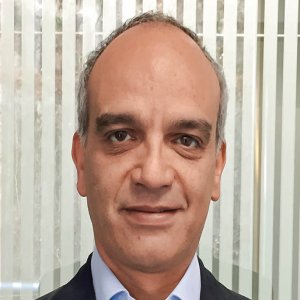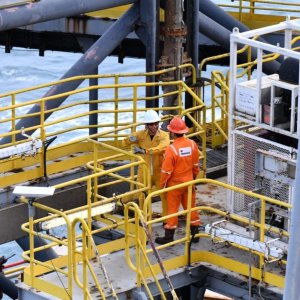From Mature Fields to Flare Gas

STORY INLINE POST
Q: When did the company come into to existence and what was its purpose at that time?
A: Compañia Petrolera Perseus is part of the holding company called Interamericana, and is also a holding company itself that encompasses the E&P energy services business, and the energy technology businesses. We also have a small services group, which includes a supply and mud boat company based in Ciudad del Carmen. Our sponsors are well known Monterrey business people that are looking to advance into the energy sector. We formed the company in January 2015 with the aim of taking advantage of the Mexican Energy Reform. The main idea behind the creation of Compañia Petrolera Perseus was the evaluation of the bidding rounds, PEMEX farm-outs, and service contracts that will be migrated to production- sharing contracts, as well as service companies, both offshore and onshore. We have narrowed down this general vision to E&P, as well as a small technology group where we have licensed interesting oilfield technologies like Flotek and GreyRock, and with which we have exclusivity in Mexico. So far, we have bid on three blocks in R1-L03 and were awarded two.
Q: How did you manage to win two blocks, and what impeded you from winning the third block?
A: Being the first mover is always difficult, especially in Mexico where it is necessary to perform an exploration phase. Bidding in R1-L03 carried much less uncertainty than other bidding rounds, as there was a wealth of available data from PEMEX that CNH had included in the Data Room and the wells had already been drilled. We started by screening 15 out of the 25 fields offered and we narrowed down our interest to the three that we bid on, namely Tajón, Fortuna Nacional, and Mayacaste. We did not bid aggressively on the latter, given its relatively low amount of reserves. For Tajón, however, we liked the volume of the reserves, and the field’s deep wells and deep traction carbonates, something we understand well within our groups, so in this case, we were keen to win the field. We also decided that Fortuna Nacional was in an interesting setting to redevelop, with some upsides around the fields with deeper horizons and some pockets of ledges that PEMEX had never drilled. Nonetheless, it has a challenging social setting, as the field is located in a community. Thanks to our effective bidding strategy, we were able to win the latter two fields.
Q: What kind of innovative technology has the group created over the years that you plan on using in the production of these fields?
A: We predominantly license technology from other groups we have worked with. We licensed the complex nanofluid technologies from FlowTech Industries in the US, which is a fluid for reservoir stimulation and well completions that has a solid track record in enhancing production in new wells and renovating old ones. It will be widely used in Fortuna Nacional, but not as much in Tajón. We are also working with PEMEX in various wells to test this technology. Moreover, we have agreements with Gray Rock Industries to liquefy gas, a technology that will be used to monetize flare gas. We consider this a significant opportunity, as Mexico has one of the highest gas flaring rates in the world, and the World Bank and environmental groups are tackling this practice. Our goal here is to partner with PEMEX and others to monetize the gas into a useful product. We could transport gas to the GTL plant and produce low-sulphur diesel, low-sulphur kerosene for aviation fuel, or adapt the blend to spike back into the crude and reduce its gravity.
Q: How will you ensure the national content requirements work in your favor?
A: We are assessing the possibility of eventually manufacturing commodities in the country, as we would like to improve the technology available in Mexico and subsequently import our manufacturing from Europe and North America. This initiative is not fueled by the national content rules, but rather because having a manufacturing plant would allow us to lower costs and have more control over our operations. The fact that companies are downsizing can be worrisome, but it also provides the newcomers in the marketplace with a pool of qualified talent. PEMEX professionals that were let go will find opportunities in the private sector and we hope to be able to provide them with new opportunities.
























